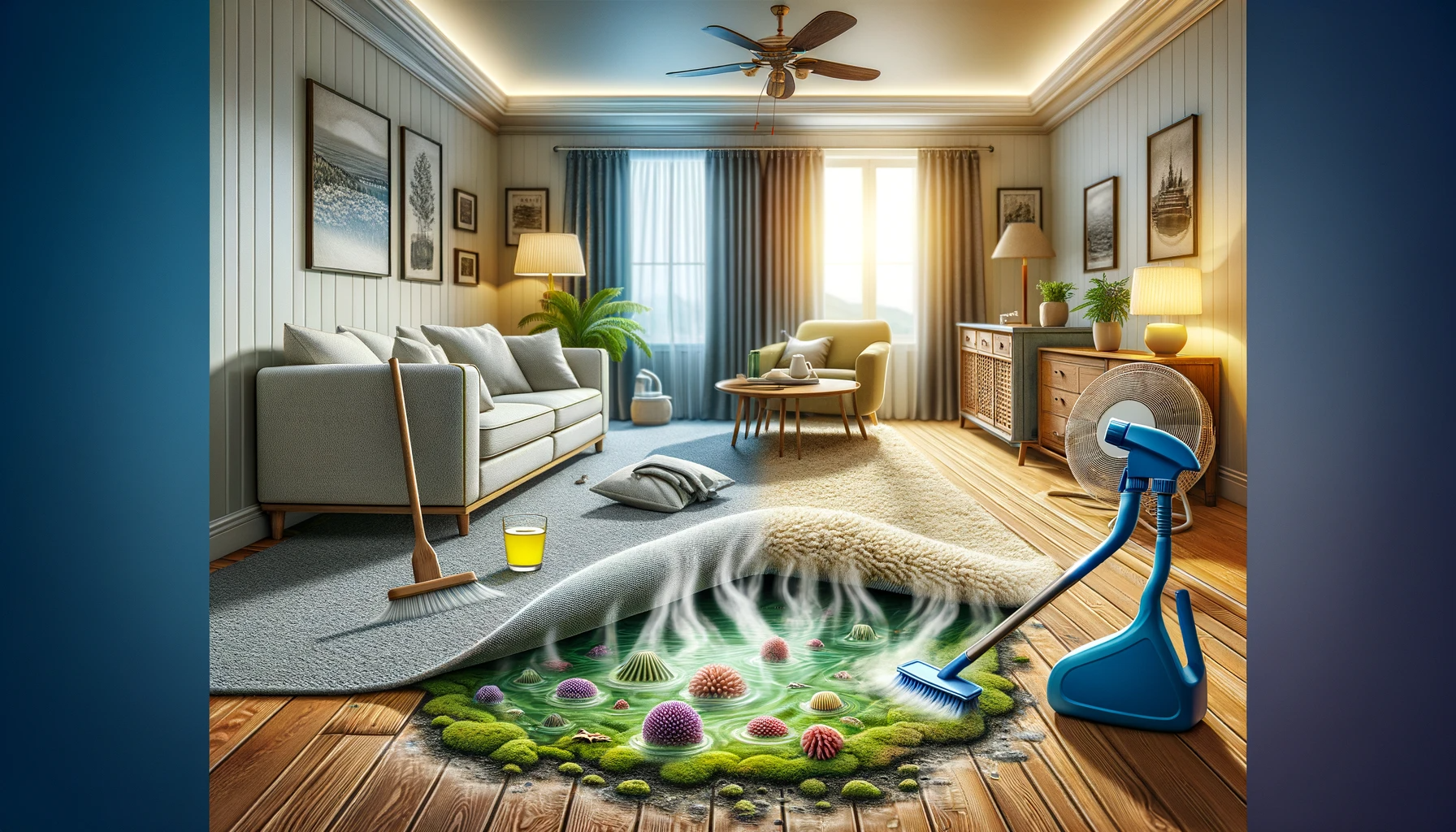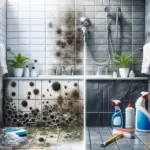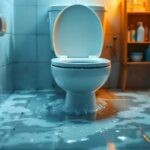How to get Mildew Smell out of Carpet
Have you ever experienced the musty smell of mildew in your carpets? It’s an unpleasant problem that can spread throughout the house. Cleaning carpets is essential to home maintenance, and getting rid of mildew smells can be daunting.
In this article, we will discuss how to get rid of the mildew smell from carpets and some preventive cleaning tips to help keep it from coming back.
What is mildew?
Mildew is a fungus that commonly grows in damp, warm areas of the home. It usually appears as a soft gray or white surface coating and has a distinctive musty smell.
Mildew can be found on plants, food, and other organic materials such as wood, carpet, and fabric. It comprises small particles called spores, which can travel through the air and settle on surfaces.
Why is mildew a potential danger to your health?
Mildew is not necessarily harmful to humans if present in small amounts; however, larger concentrations can cause allergic reactions and other health problems. If left untreated, it can also damage items in your home as it spreads by releasing spores into the air
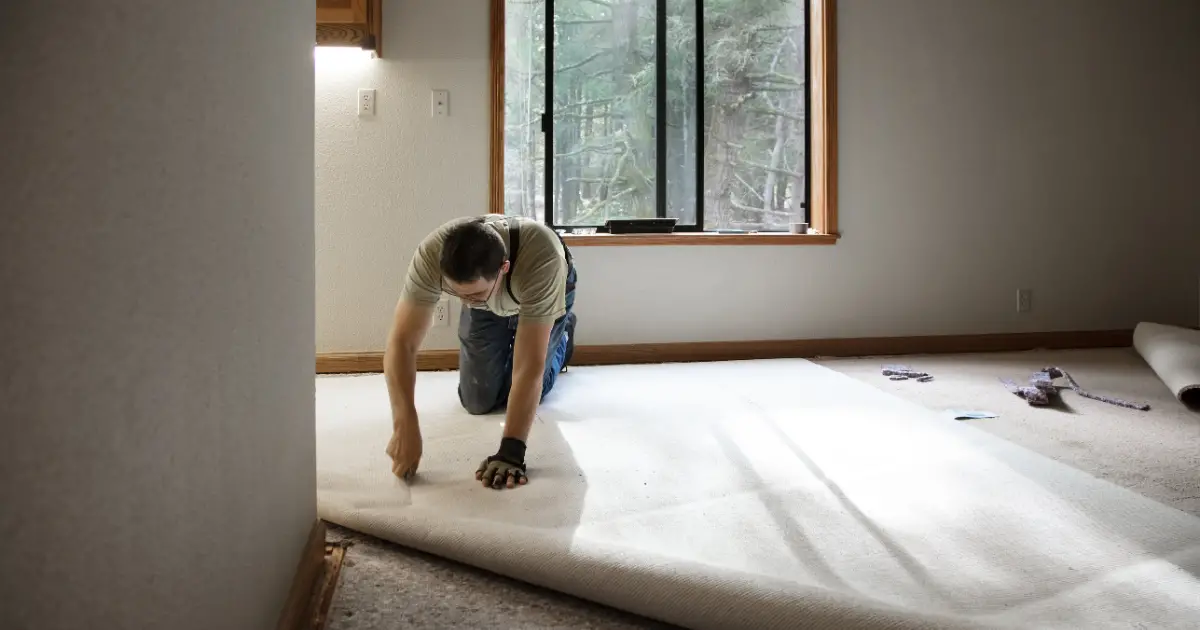
Why does the carpet have a musty odor?
Musty odors in carpets can often be traced to mold and mildew growth. Mold and mildew thrive in moist and humid environments, so any areas of your home that are exposed to excess moisture can become a breeding ground for these organisms.
Familiar sources of humidity include overflowing sinks, leaky pipes, and even high indoor humidity levels due to poor ventilation. Musty odors from mold or mildew are typically accompanied by visible discoloration on the carpet fibers as well as the surrounding walls or furniture.
If you notice a musty odor coming from your carpet, check around it for signs of water damage or excessive humidity levels. A dehumidifier may be necessary if there is too much moisture present to reduce the risk of further mold or mildew growth.
Can moldy carpets be saved?
If the source of moisture is eliminated and treated quickly, moldy carpets can usually be saved. As soon as you detect any evidence of mildew or mold on your carpets, start by removing additional water from around the area. A dehumidifier might also have to be used to reduce indoor humidity levels effectively.
What are the signs of mildew in the carpet?
Mildew can be present in carpets long before you smell it or see visible signs. To detect it, look out for the following:
- Musty odors in the room – if your carpet smells strange and musty, mold lurks beneath the surface.
- Discolored patches on the carpet might be white or gray/black (for mold) and can affect a single area or several spots throughout the room. Look out for rotting carpet fibers and frayed edges that may have been caused by mildew damage.
- Stains on walls or ceilings could indicate water damage from a slow leak, which could lead to mildew growth over time.
- Visible growth – if you spot slimy black spots, those are likely mildew or mold colonies that have formed and need removal as soon as possible.
Don’t delay if you think your carpet may have mold or mildew. Immediately scrutinize the space and begin action to eradicate any existing colonies with vacuuming, steaming, or a specialized antimicrobial spray.
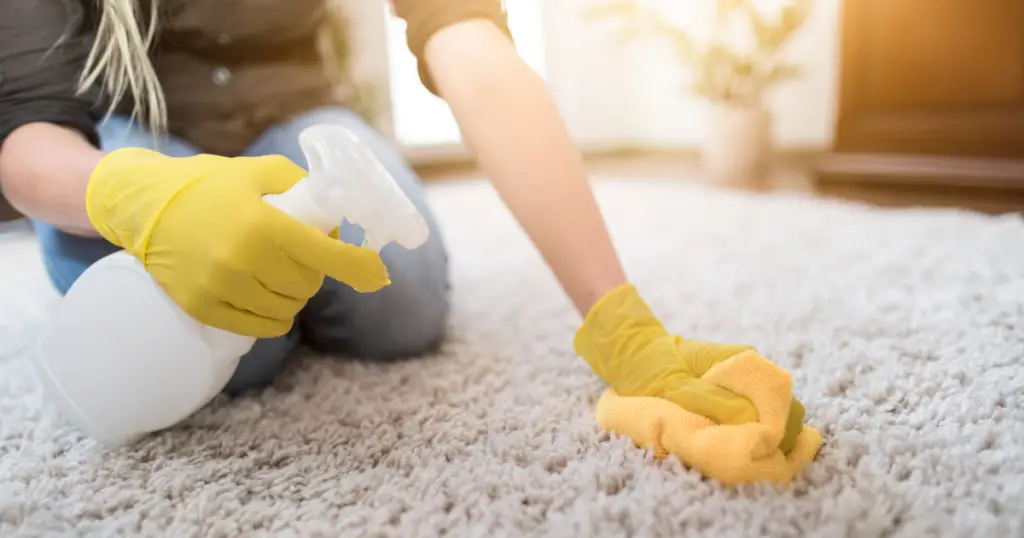
Cleaning tips to get rid of the musty smells of your carpet
Musty smells in the home can be incredibly irritating, especially when accompanied by mildew or mold. To ensure your carpets are free of odors and contaminants, it’s important to take the following steps:
Step 1: Protective Gear
For safety reasons, it is essential to wear protective gear when cleaning carpets. Ensure you wear gloves and a facemask before you start the cleaning process.
Step 2: Dry the Area
Making sure to dry a wet area on your carpet thoroughly is essential for getting rid of musty smells. To do this, use fans or open windows to direct airflow over the area and speed up the drying process. If your carpet is in a room without much ventilation, consider using a dehumidifier to help draw moisture from the air. When the area is completely dry, you can move on to step three.
Step 3: Remove Clutter and If Possible, Move Furniture and Objects Out Of The Way
Removing any clutter and items from the affected area of your carpet will greatly improve your chances of eliminating musty smells. If possible, move furniture or any other objects to create more space so can be thoroughly cleaned.
Step 4: Vacuum The Area
Vacuuming the affected area of your carpet is an important step in getting rid of musty smells, as it helps to remove dirt and debris that may have trapped moisture. To get the best possible results, use a HEPA-filter vacuum cleaner that can filter out mildew and mold spores more effectively than traditional vacuums.
Step 5: Sprinkle Baking Soda On The Carpet
Sprinkling baking soda on the affected area of your carpet can be a great way to help neutralize any musty smells.
Ensure you select an unscented baking soda, as some scented varieties may contain extra perfumes and chemicals that could damage your carpet or even make it smell worse.
For a natural boost in fragrance, add a few drops of essential oil to the baking soda and mix it well before sprinkling it onto the carpet.
Step 6: Stand by – wait
For optimal odor removal, allow the baking soda to rest on your carpet for a few hours or overnight. This will enable the baking soda to absorb unwanted scents and extract moisture before vacuuming it.
Step 7: Vacuum Again
After a few hours of letting the baking soda absorb odors, it’s time to vacuum your carpets again. Ensure that all traces of baking soda are completely removed from them.
Step 8: Foam Carpet Shampoo Cleaner
Rather than baking soda, you can also use foam carpet shampoo to eliminate musty odors in your carpets. Pour a generous amount of the shampoo onto the affected area and use a sponge to rub it in evenly. Allow the shampoo to sit for 20 minutes before vacuuming up any remaining particles and debris. Doing so should help eliminate any unwanted odors or particles that might be causing the smell.
DIY Cleaning Solutions to prevent mildew and mold growth and the musty smell from returning
Natural solutions can be a secure way to stop mold from reoccurring and moldy smells. To make your spray solution, here are some helpful tips:
A Spray Bottle With A Mix Of Vinegar and Water
For a DIY cleaning solution to prevent mold from growing, try adding one cup of white vinegar to every two cups of water and add the mixture to a spray bottle.
Spritz the carpet with a light, misty layer—just be careful not to over-apply as it can trigger additional mildew growth. Vinegar is effective for fighting off mildew and disinfecting surfaces, cutting through grease, and eliminating odors.
Hydrogen Peroxide
Another great cleaning component is hydrogen peroxide. This powerful agent has powerful oxidizing properties that effectively kill germs, viruses, and bacteria. It also helps to remove stains and break down sticky messes.
To make a hydrogen peroxide solution, create the perfect balance of five parts water to one part of hydrogen peroxide in a spray bottle and use it on your carpet once a week.
Note: testing a small carpet area is essential as hydrogen peroxide may act similarly to bleach and leave behind an unsightly stain.
How to prevent mildew and mold growth?
Preventing mildew and mold growth can seem daunting, but you can keep your home safe from these pesky issues with the right steps. Here’s a checklist of some of the best ways to prevent future mold growth:
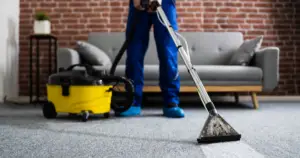
- Keep your carpet dry – Ensure wet carpets are dried out quickly after spills or deep cleaning. If necessary, hire a professional steam cleaner.
- Check for moisture leaks – Regularly check your roof and pipes for signs of moisture leakage and repair any problems as soon as you spot them.
- Manage humidity levels – Keeping humidity levels in your home below 60% will help to avoid mildew and mold problems. Invest in a dehumidifier if needed.
- Clean regularly – Clean bathrooms, kitchens, showers, carpets, and upholstery regularly to help prevent dirt from building up, which can lead to mold growth.
- Control condensation – Condensation can form if warm air meets cold surfaces, so make sure windows and walls where this might occur are insulated.
- Ventilate your home – Open windows frequently to allow fresh air to enter the home and reduce moisture levels.
- Inspect regularly – Regularly inspect your home for any signs of mold growth and take appropriate action if necessary.
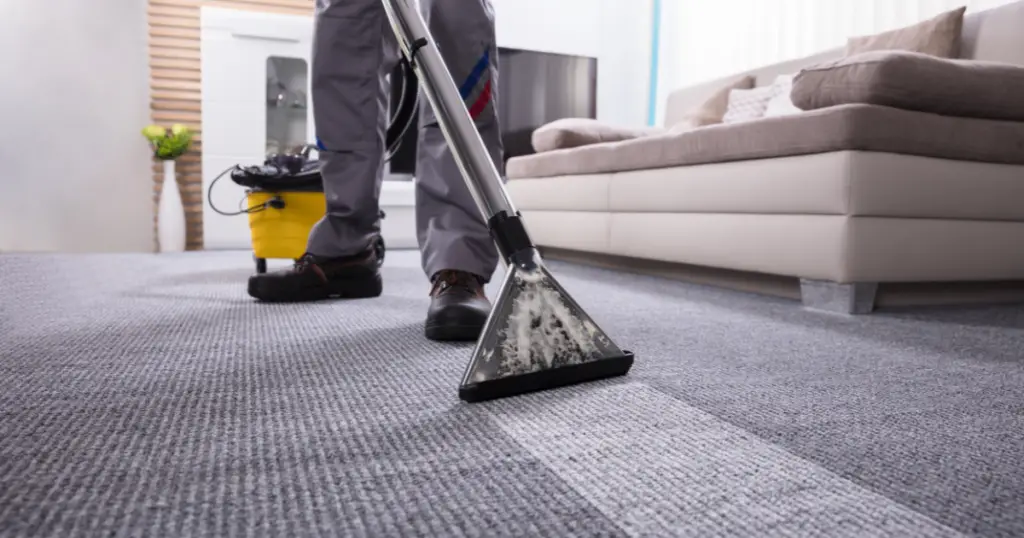
Professional Help
If dealing with future mold growth or light mold problems, it is best to enlist the help of professional carpet cleaning services. Professional services will have the tools and skills necessary to effectively remove mildew and mold build-up and eliminate sources of potential moisture buildup. They can also advise you on the best ways to prevent future occurrences of mildew and mold in your home.
[/et_pb_text][/et_pb_column][/et_pb_row][/et_pb_section]
